This online course will take you deeper into the complexities of safeguarding children within healthcare. You’ll explore advanced topics, such as recognising potential signs of abuse, advocating effectively for children, and understanding specific risks like FGM, grooming, and radicalisation.

Course Overview
Format
- Intermediate
- Up to 45 Minutes
- Online Study
Accreditation
- 1 CPD Hour
- CPD Certified
Course description
As a healthcare professional, you have a responsibility to safeguard children.
Building upon your foundational knowledge, this course will take you deeper into the complexities of safeguarding children within healthcare.
You’ll explore advanced topics, such as recognising potential signs of abuse, advocating effectively for children, and understanding specific risks like FGM, grooming, and radicalisation.
The content aims to advance your skills in making child protection referrals and documenting concerns, including the procedures for sharing information with relevant parties. By the end, you’ll be equipped with the expertise to navigate complex child protection scenarios confidently.
Statutory & Mandatory Training: Safeguarding Children Level 2 Features
Our Statutory & Mandatory Training: Safeguarding Children Level 2 has been designed to work on all devices including mobiles, laptops, tablets and desktops giving you the flexibility to complete the training at a time and in a location suitable for you.
With healthcare staff often expected to complete training on an annual basis there will be topics you will be more familiar with than others. Our self assessment tool, which is at the start of each course, will allow you to test your knowledge to see if you would like to complete the training or progress straight to the end of course test.
At the end of this safeguarding children level 2 training course, you will need to complete a test that consists of multiple choice questions. Learners are required to achieve an 80% pass mark, and – if necessary – may attempt the test six times at no extra cost. If learners do not achieve the pass mark, further attempts may be given by contacting our support team.
The online safeguarding children level 2 training is fully interactive and is packed with various multimedia forms including video, animation and custom graphics to give you the best learning experience.
Each element of the training is WCAG 2.2 accessible and includes scenarios, contextualised activities, reflective activities, knowledge checks, bite sized lessons and so much more.
Accreditation
The content of this training course has been independently certified as conforming to universally accepted Continuous Professional Development (CPD) guidelines.
Duration
This course will take up to 45 minutes to complete, depending on how quickly learners can study and absorb the material. Learners do not have to complete all the training in one session as progress is recorded throughout.
Entry requirements
There are no specific entry requirements for this course.
Framework
Our Statutory & Mandatory Training: Safeguarding Children Level 2 online training course is mapped to the Skills for Health Core Skills Training Framework.
Here we explain the framework and their importance.
Skills for Health Core Skills Training Framework:
The Core Skills Training Framework sets out minimum learning outcomes, frequency of refresher training and is linked to relevant legislation or expert guidance.
It can be used by any healthcare employer in the UK including NHS, independent and voluntary providers.
We have mapped our eLearning courses to the learning objectives within the Core Skills Training Framework, to give organisations the confidence that they can use the eLearning as a foundation for their wider training programmes.
You will learn
- Identify what is meant by child abuse and recognise the potential signs for concern
- Explore how a parent or carer’s physical and mental wellbeing can put a child at risk of abuse
- Discuss how to be an effective advocate for a child or young person
- Identify when and how to refer a child who is at risk of FGM
- Be aware of the risk factors for grooming, trafficking and radicalisation
- Explain the steps to make a child protection or safeguarding referral
- Describe how to document and record safeguarding/child protection concerns, including how to distinguish between fact and opinion
- Identify how to share relevant information with other team
Who is it for?
Roles including:
- Staff working in a healthcare environment
- Doctors
- Nurses
- Healthcare Assistants
